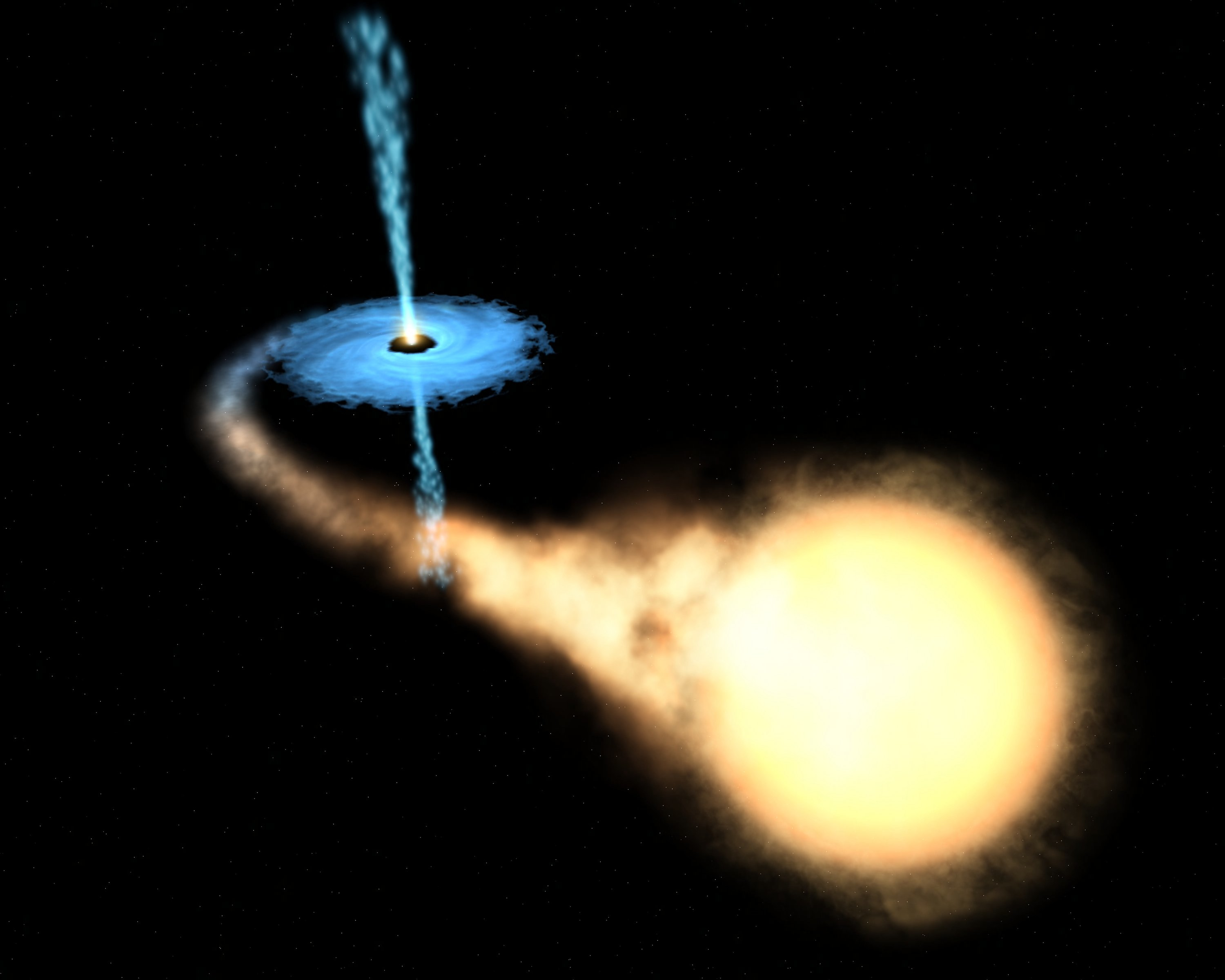Black hole: An energy source in 2013?


A 23-billion mile wide dust cloud that's 3 times as massive as earth and emits 5 times the energy of our sun will meet its destiny the year after next when it plunges into a black hole known as Sagitarrius A*.
Look out below.
"The material will rain down into the black hole and release a tremendous amount of energy," says Stefan Gillessen, one of two astronomers at Germany's Max Planck Institute for Extraterrestrial Physics who has spotted the collision course. Science magazine reported their findings, which they made by peering into the European Southern Observatory's Very Large Telescope in Chile.
"As pieces of the cloud fall into Sagittarius A* over the next decade, friction and gravity will heat them to temperatures of millions of degrees, producing X-rays," Science reports, citing Nature.
Gillessen and colleague Reinhard Genzel have spotted the cloud racing inexorably towards the mighty Sagittarius A* at an accelerating pace of 1,460 miles per second - a plane could orbit the earth in 17 seconds at that rate. That's what you get when a black hole exerts gravitational pull. Sagittarius A* itself weighs 4 million times as much as the sun, according to Science.
Sometime in the summer of 2013, it will be bye-bye dust cloud. Now that's an industrial strength vacuum cleaner.
In case you're wondering, this will all happen at a safe distance of 27,000 light years away. If only we could harness the energy!
More intergalactic suction on SmartPlanet:
This post was originally published on Smartplanet.com